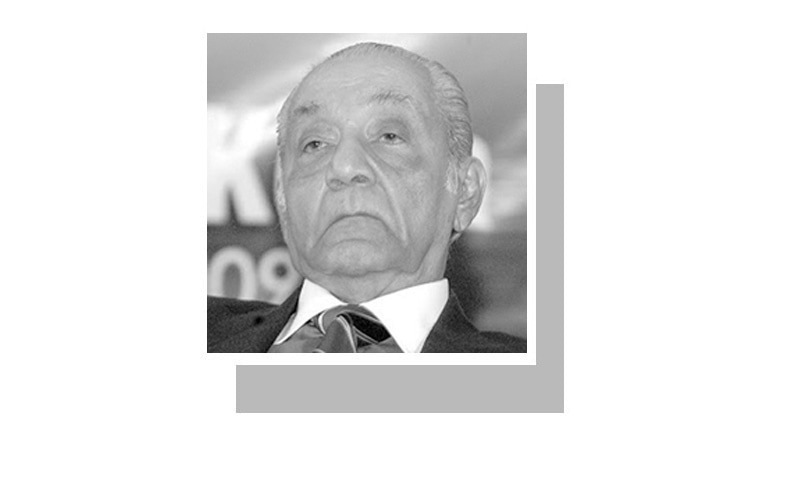KASHMIR has always been an eyesore for Hindu communalists. The instrument of accession was signed on the condition that its people would decide the dispute, retaining autonomy. Meanwhile, the promise was broken.
Mufti Mohammad Sayeed accepted the BJP in a coalition. His daughter Mehbooba pursued the policy until the BJP walked out. In June, then governor N.N. Vohra had no option but to impose ‘governor’s rule’. He was followed by one who was tailor-made to accomplish the BJP’s dream to obliterate Kashmir’s identity, one Satya Pal Malik — pliable because he has no future, only a past. Jawaharlal Nehru told the constituent assembly on May 31, 1949, “[W]ould it not be better to have a more detached figure, obviously a figure that is acceptable to the province, otherwise he could not function there? He must be acceptable to the province, he must be acceptable to the government of the province ... [I]t probably would be desirable to have people from outside eminent people, sometimes people who have not taken too great a part in politics.
Satya Pal Malik is, to use the term unflatteringly, a born politician.
Satya Pal Malik is, to use the term unflatteringly, a born politician. He began as an acolyte of the socialist Ram Manohar Lohia, but moved over to Charan Singh, an anti-socialist, by the early 1970s. While in the opposition, he kept his lines of communication with prime minister Indira Gandhi in good repair and was suspected to have become a ‘go-between’ between her and Charan Singh. He become closer to her aide, the rabidly communal Arun Nehru, and got a seat in the Rajya Sabha in 1986 — as a Congress man. He joined V.P. Singh’s Janata Dal and became minister of state in 1990, and moved over to V.P. Singh’s adversary Mulayam Singh Yadav’s Samajwadi Party. He joined the BJP after his patron Arun Nehru. It made him governor of Bihar in 2017 — from secularists to religious hate-mongers. To use Dryden’s words, “In the course of one revolving moon/ Was chemist, fiddler, statesman and buffoon.”
Ever since its autonomy was snuffed out by New Delhi, Kashmir has had civil servants, diplomats, army men and officials of the highest rank as governors. Modi picked this colourful Satya Pal Malik among the vast numbers of distinguished persons; it was for a purpose. He was to serve as a tool for the slow destruction of Kashmir’s identity. To his surprise, the National Conference led by Farooq and Omar Abdullah (15 members) joined hands with Mehbooba Mufti’s People’s Democratic Party (29) to stake a claim to form a coalition government with the Congress (12) in a house of 87. Malik, who had said on Nov 15 that “the Assembly will not be dissolved”, dissolved it on Nov 21 to prevent a true Kashmir government from taking office. He imposed governor’s rule under Kashmir’s constitution.
The BJP and its accomplice in its plans, Sajjad Gani Lone, did not have the numbers. The dissolution was patently unconstitutional. It is sad that, on Dec 10, the supreme court summarily rejected a petition challenging it. Sri Lanka’s supreme court entertained precisely such a petition and declared the dissolution of parliament to be void. Governor’s rule expires on Dec 18, when president’s rule will follow. The assembly’s term was to end in October 2020; the people were deprived of two years of democratic governance.
Till then, the governor can only function as head of a ‘caretaker regime’, a concept well established in constitutional law since at least 1945, when the UK’s Labour Party left the wartime coalition and Churchill continued as head of a ‘caretaker government’. The concept is well established, especially in South Asia. The report of an election reforms committee (1975) spelt out in detail actions forbidden to such a government. In India, those curbs are fully accepted. The Election Commission of India has taken care to forbid some acts.
Satya Pal Malik flouted the constitution on dissolution of the assembly, and proceeded to flout the established rules of a caretaker government — both in the interests of his masters in New Delhi. He turned the highly regarded Jammu and Kashmir Bank into a public-sector undertaking, provoking furious protests across the political divide. He also appointed a BJP leader as vice chairperson of the Khadi and Village Industries Board. Ladakh, a Buddhist majority district, forms part of the Kashmir division. It seeks the status of a separate division with Malik’s support.
The governor’s security has been handled by the police’s security wing for years. Malik wants a special law for himself — the Jammu and Kashmir Governor’s Special Security Force Bill, 2018.
Mehbooba Mufti spoke of protests. She should reach out to Farooq Abdullah to propose protest meetings and processions against the governor. Separatists are denied these fundamental rights on the pretext of violence. Can they be denied to the unionists?
As for Satya Pal Malik, few persons are qualified to step into N.N. Vohra’s shoes. Satya Pal Malik is unfit to polish them.
The writer is an author and a lawyer based in Mumbai.
Published in Dawn, December 15th, 2018












































